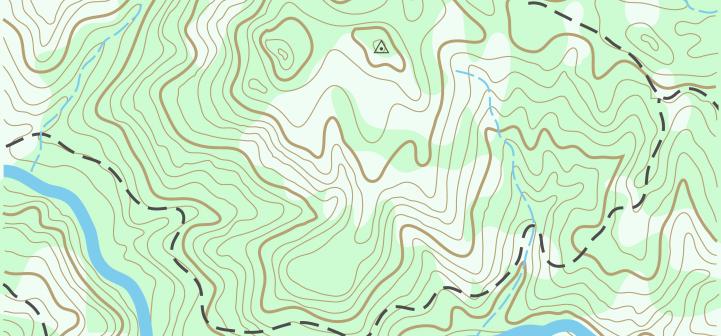Raster and vector are two very different but common data formats used to store geospatial data.
Vector data use X and Y coordinates to define the locations of points, lines, and areas (polygons) that correspond to map features such as fire hydrants, trails, and parcels. As such, vector data tend to define centers and edges of features.
Raster data, on the other hand, use a matrix of square areas to define where features are located. These squares, also called pixels, …
What is a TIGER file?
Definition
TIGER/Line files are a digital database of geographic features, such as roads, railroads, rivers, lakes, political boundaries, and census statistical boundaries, covering the entire United States. The Tiger database contains information about these features, such as their location in latitude and longitude, their names, the types of features, address ranges for most streets, the geographic relationship to other features, and other related information.
Features and Uses
The TIGER/Line files contain data describing three major types of features:
Line features …
LIDAR Derived Products

What Products Can be Generated from LIDAR?
LIDAR provides a cost-effective means to collect digital information about the Earth’s surface. Using LIDAR, we can obtain several “layers” of information from the landscape through a series of LIDAR returns. The first return of information to a LIDAR sensor would, for example, be associated with the highest features in the landscape (typically treetops, tops of buildings, etc.). Following data returns would be associated with understory vegetation below the initial tree or vegetation …

